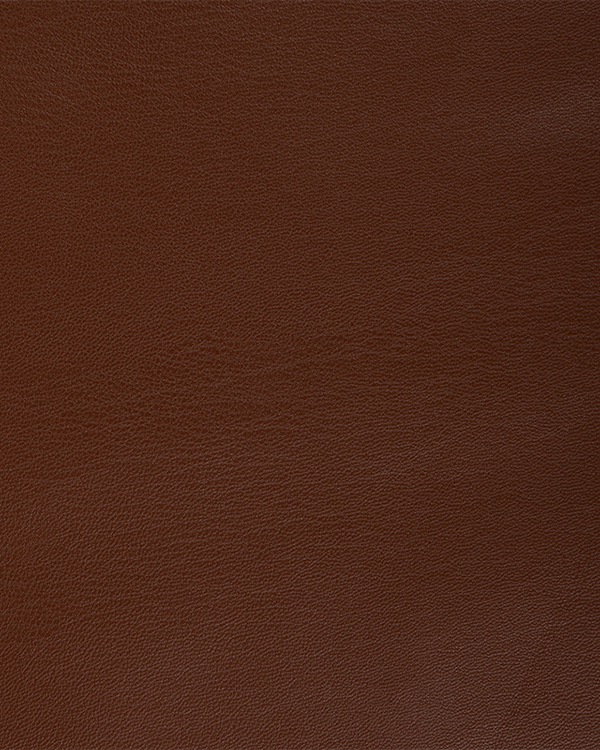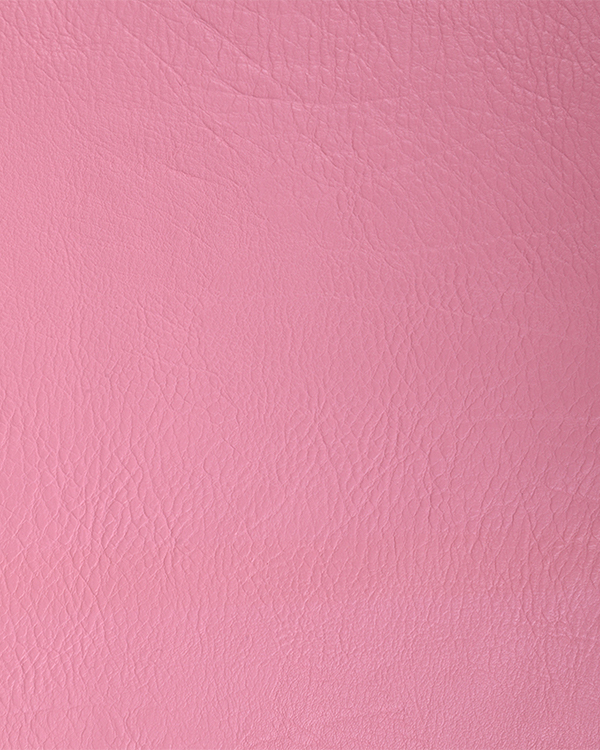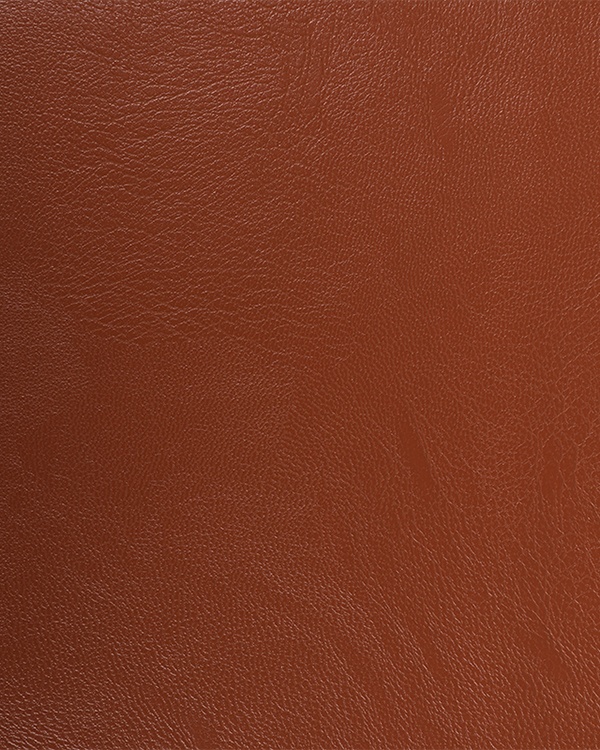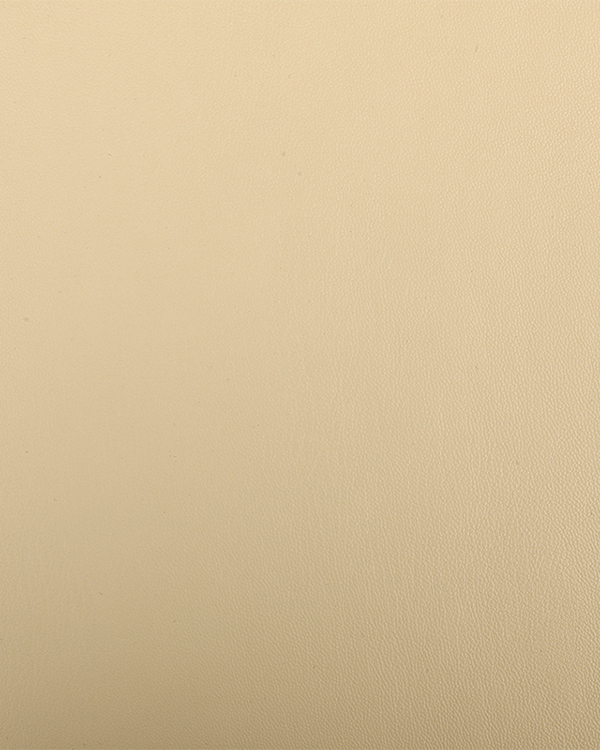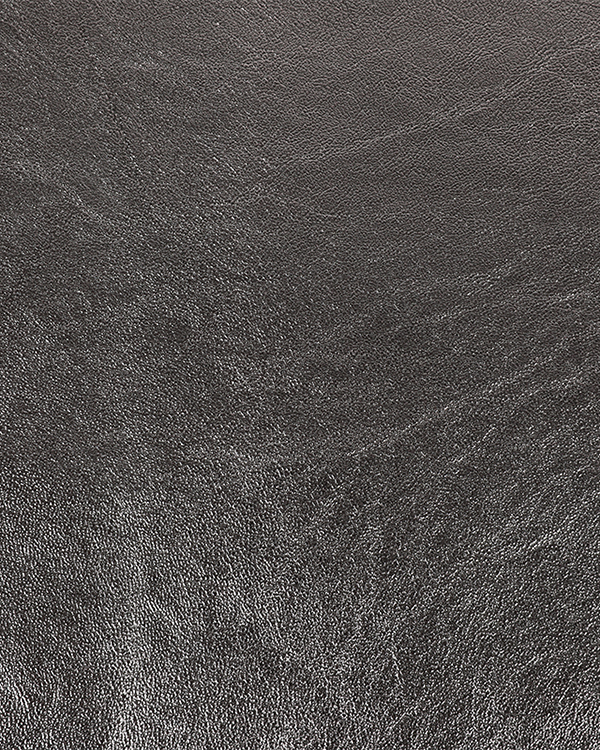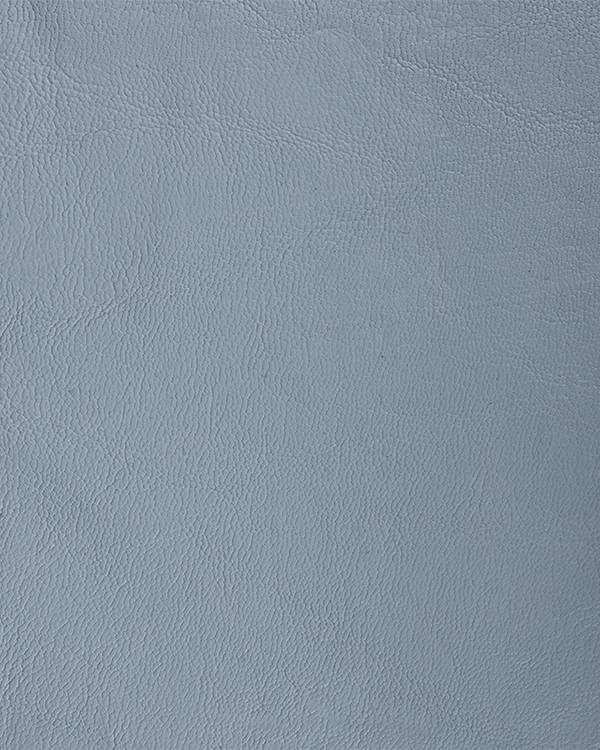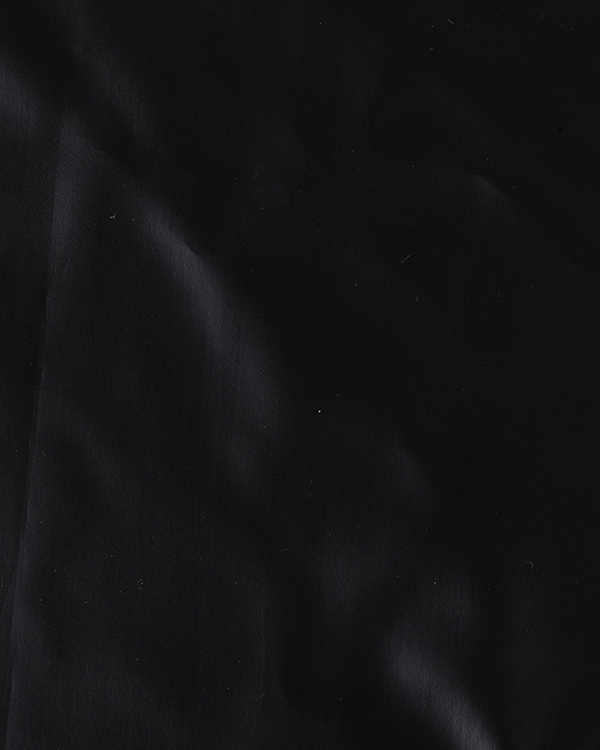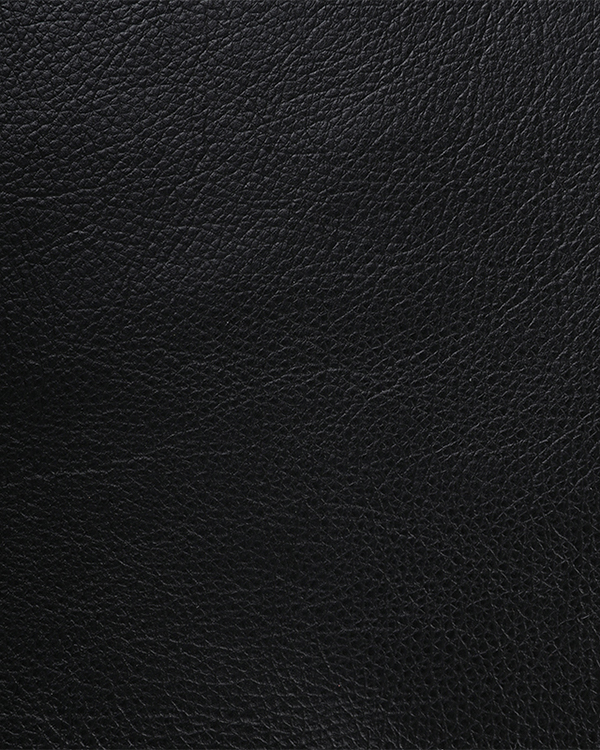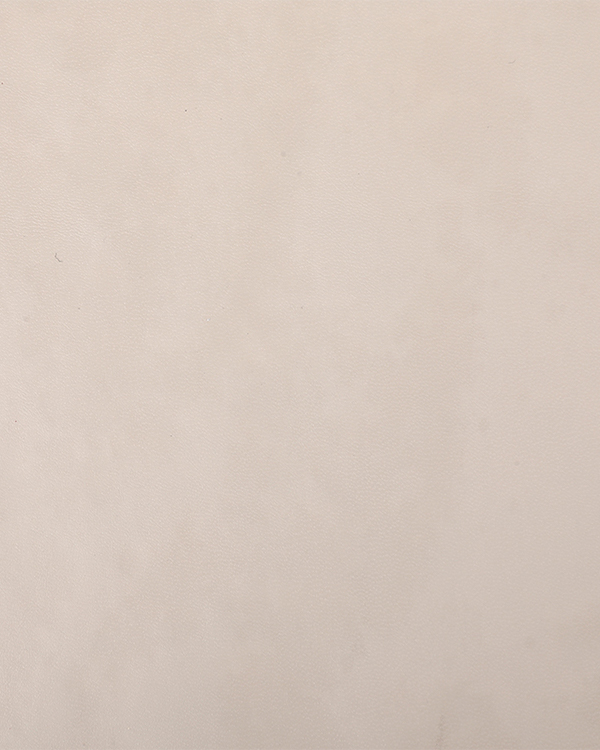Artificial leather is manufactured from synthetic materials. Most faux leather manufacturers use polyester or cotton fabric as the base material. These fabrics are rough and porous, making them suitable for artificial leather. Some faux leather manufacturers produce the base materials themselves, while others source them from a third-party production facility. Faux leather can be used for any type of furniture, including chairs, sofas, and mattresses.
Artificial leather is easily cleaned by using a damp cloth. Microfiber clothes are often the best choice. They are lint-free and highly effective. Before using a cloth on your leather furniture, test on a small area first. This way, you can ensure that the color of your artificial leather won't transfer to the cloth.
Microfiber Synthetic Leather is a material that offers excellent resistance to abrasion. It is used in sports gloves and other protective gear. This material can also be used to make pads, balls, and other sports equipment. This type of material is also durable and waterproof. It is a popular alternative to natural leather.
Artificial leather can be manufactured in several sizes to suit different needs. It is most commonly used in clothing and footwear and can be fashioned into a variety of shapes and textures. Its low price makes it an economical and sustainable material for a wide range of products. The production process also enables manufacturers to create artificial leather in a wide variety of styles and colors.
Artificial leather began to become a popular material in the early twentieth century. DuPont, which was known for its dynamite, nylon, and Tyvek, moved into the industry. With its synthetic leather, Presstoff, the company was able to replace leather in many different applications. It is a non-explosive material, and it is used in many applications where real leather cannot be used.
If you're concerned about the quality of faux leather, make sure to check out its smell. PU leather will have a distinct chemical or plastic odor, while genuine leather will not. The best way to tell the difference between the two is to do a simple water test. When you spill something on your artificial leather item, you should spray it with water to remove the stain. If the stain is particularly stubborn, however, you should use a gentle scrub.
If you're concerned about repairing a scratch on your artificial leather piece, you should look for repair kits. They usually contain a liquid that matches the color of the leather and is applied to the scratch. Once the liquid dries, the patch can be evened out with heat or a grain pattern can be applied. However, you should allow the repair to dry before wearing it.
Faux leather manufacturers formulate a plastic substance called PVC by mixing petroleum and salt. The salt is then electrolyzed to form chlorine. The mixture is then combined with ethylene, which transforms into vinyl chloride monomer. The vinyl chloride monomer is then transformed into polymers. In addition, plasticizers are used to bond the plastic to the base fabric.

 English
English Español
Español